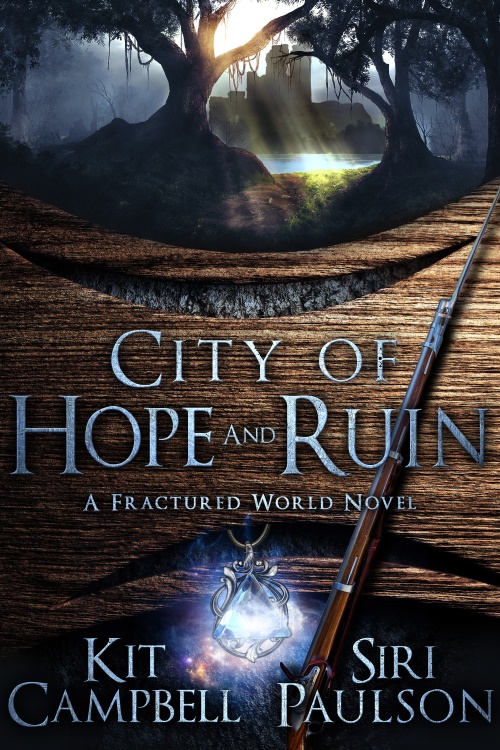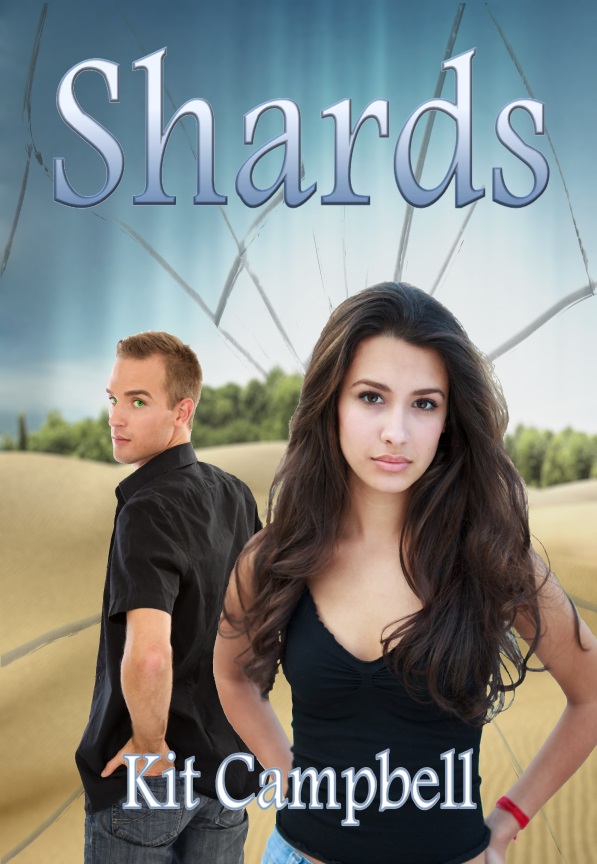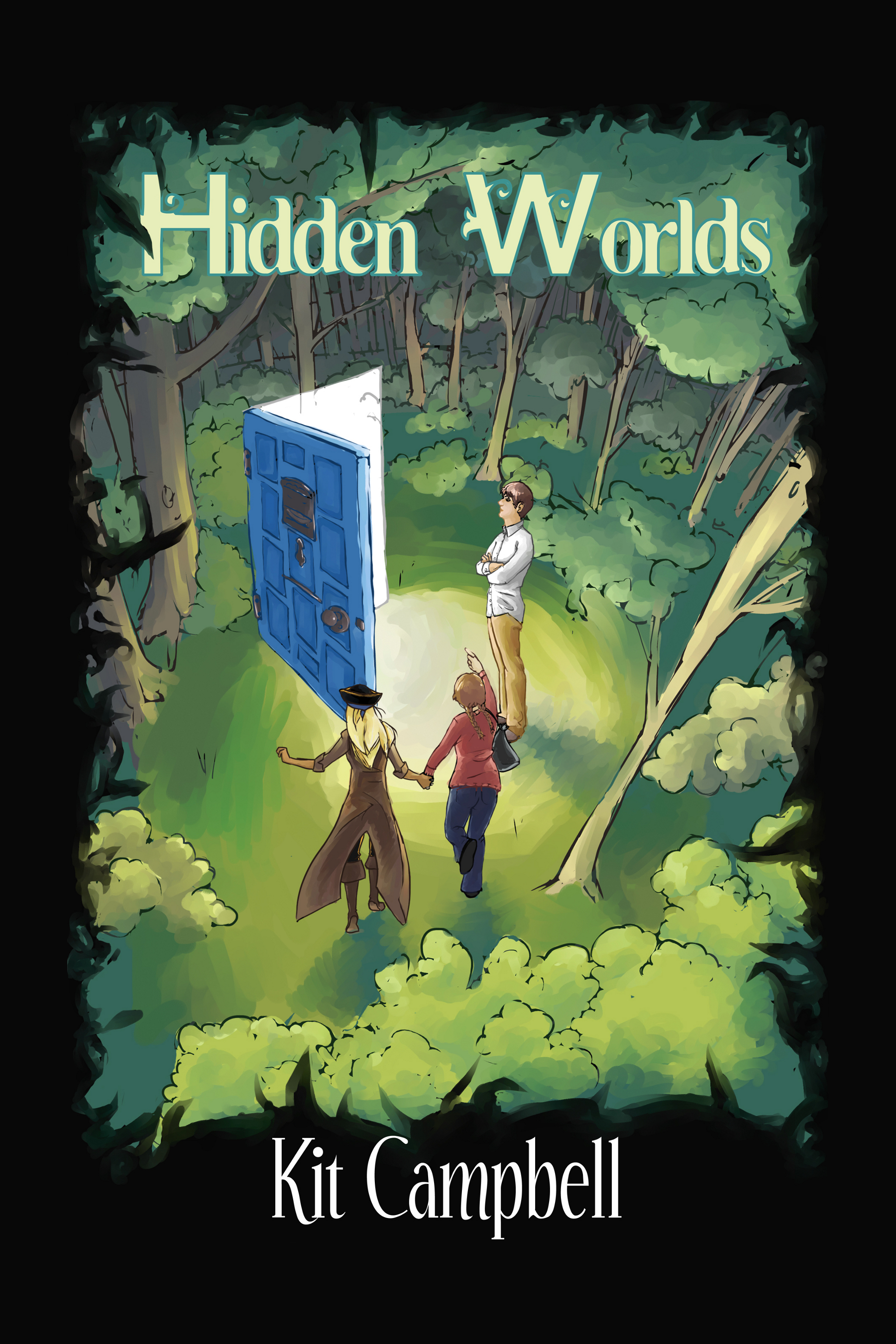They always say to read broadly, don’t they, squiders? And generally this means that if you normally read mysteries, pick up a romance every now and then, or some science fiction, or if you read novels to read short stories, or if you only read stuff from authors who are alike to you in race/gender/orientation, etc. to try authors who are different than you in one or all categories.
One could argue that reading stories from other cultures fits into this as well.
Have you ever read folklore and creation myths from different cultures? (I read a ton of creation myths at one point–I think it was research back when I was writing Shards–and it was very interesting to see what trended across cultures from different sides of the planet.) It’s really quite fascinating. I have a whole shelf of folklore here in my office–Russian, African, Hawaiian, American Indian–and even made it through the Kojiki at one point.
And stories take different mediums depending on the culture as well. And there are differences between the beats and flow even within the same medium. The kabuki theater tradition in Japan is completely different than Western theater (and is actually why people think ninjas wore black, though that’s another story). A puppet show in Europe is different than the shadow puppets of Asia.
Story structure varies as well. I was reading earlier about differences between “western” (in this case, American) and “eastern” (Japanese) storytelling. The article said that while western stories tend to depend on direct conflict and use a three-act story structure, eastern storytellers use a four act structure that goes “introduction, development, twist and reconciliation.” There can be–and often is–conflict, but it’s handled in a completely different manner. (If you’ve ever watched Spirited Away or another Ghibli film, you’ve probably seen this act structure in action.)
(Something else I read on the subject pointed out that in American storytelling, the main character is often the strongest, most interesting person in the story, with the other characters being relegated to sidekicks, whereas in Japanese storytelling, the main character is often an everyperson who is thrust into a situation where they’re surrounded by people who are more powerful and/or more interesting than they are. Which is true, to some degree, but I can also think of some examples where it’s not, so much like everything in life, there are always exceptions.)
What do you think, squiders? Feelings on stories and mediums from other cultures? Favorite stories from other countries? Thoughts on storytelling structure?



